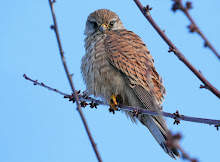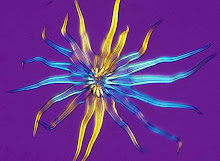Winds had stripped
all the leaves from lime trees but this large-leaved lime Tilia
platyphyllos in Wolsingham churchyard is still holding on to a few
of its winged seeds. Unlike the small-leaved lime T. cordata and
common lime T. x europaea, the seed capsules of this species have
distinctive raised ridges.
Autumn leaf fall
has exposed the architecture of this magnificent mature common lime in a field
at Stanhope in Weardale.
Common lime, a
natural hybrid between large-leaved and small leaved limes, frequently has
large burrs on its trunk that sprout a chaotic forest of twigs; in this one the
burr is mid-trunk and its twigs have formed a massive skirt of small branches
that would sweep down to ground level if they hadn’t been browsed by sheep: so,
in this case, more like a ballet dancer’s tutu than a skirt.
All that twiggy
burr growth from burrs at the base of the trunk makes common lime easy to propagate cheaply from cuttings, so it's
often planted as an amenity street tree - but then the burrs have to be trimmed
at the end of every growing season - like these two examples in the image below.





.jpg)
.jpg)
.jpg)






















